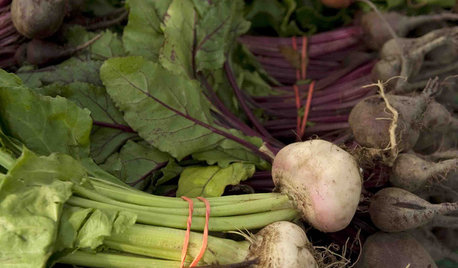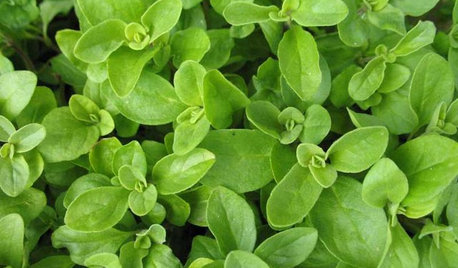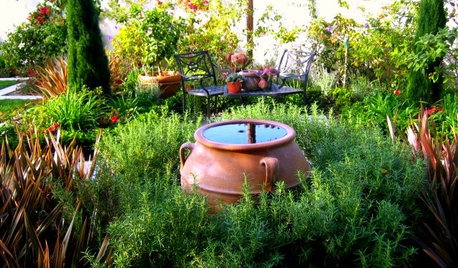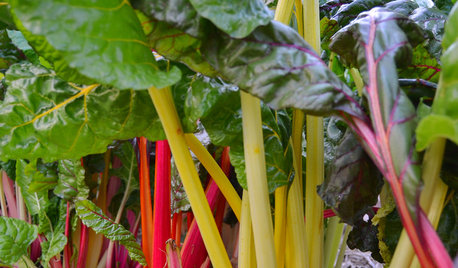Can You Grow Olives in Oklahoma
ever01
16 years ago
Featured Answer
Comments (17)
rjj1
16 years agolast modified: 9 years agoever01
16 years agolast modified: 9 years agoRelated Professionals
Beavercreek Landscape Architects & Landscape Designers · Maple Heights Landscape Architects & Landscape Designers · Berkeley Heights Landscape Contractors · Conroe Landscape Contractors · Duarte Landscape Contractors · Fort Mill Landscape Contractors · Framingham Landscape Contractors · Mashpee Landscape Contractors · Spring Landscape Contractors · Teaneck Landscape Contractors · Clearfield Landscape Contractors · Hobart Decks, Patios & Outdoor Enclosures · Inwood Decks, Patios & Outdoor Enclosures · Issaquah Decks, Patios & Outdoor Enclosures · Surfside Decks, Patios & Outdoor Enclosuresrjj1
16 years agolast modified: 9 years agoMacmex
16 years agolast modified: 9 years agotexas_weed
16 years agolast modified: 9 years agojulio01
16 years agolast modified: 9 years agorjj1
16 years agolast modified: 9 years agotexas_weed
16 years agolast modified: 9 years agojulio01
16 years agolast modified: 9 years agomoonster
15 years agolast modified: 9 years agosoulpanda
10 years agolast modified: 9 years agogreatplainsturf
10 years agolast modified: 9 years agotrianglejohn
10 years agolast modified: 9 years agooulous
10 years agolast modified: 9 years agochickencoupe
9 years agolast modified: 9 years agochickencoupe
9 years agolast modified: 9 years ago
Related Stories

FALL GARDENING5 Fall Fruits You Can Grow in Containers
Brighten your porch or patio with a potted pomegranate, kumquat, blueberry bush or another great fall fruit
Full Story
GARDENING GUIDESYes, You Can Grow an Edible Garden on a Hot, Dry Site
Difficult garden spots don’t need to deter you from planting trees, herbs and other delicious food plants
Full Story
FARM YOUR YARDCool-Season Vegetables: How to Grow Beets
Give canned versions of this fall and spring garden favorite the heave-ho and discover its true flavor and colors
Full Story
EDIBLE GARDENSHerb Garden Essentials: Grow Your Own Oregano and Marjoram
Say 'buon giorno' to classic Italian herbs you can grow just as easily in pots as in the summer garden
Full Story
EDIBLE GARDENSWhy Grow Quince? For Beauty, Fragrance and Old-Time Flavor
Delightfully perfumed fruit and lovely spring blossoms make this apple and pear cousin worth a spot in the garden
Full Story
SUMMER GARDENINGHow to Grow Basil
Bright color, quick growth and endless uses for cooking make this summer annual a winner in the garden or a pot
Full Story
GARDENING GUIDESHerb Garden Essentials: Grow Your Own Rosemary
With its invigorating scent, easygoing nature and ability to make dishes sing with flavor, rosemary may become your new best garden friend
Full Story
EDIBLE GARDENSSummer Crops: How to Grow Tomatoes
Plant tomato seedlings in spring for one of the best tastes of summer, fresh from your backyard
Full Story
GARDENING GUIDESCool-Season Vegetables: How to Grow Chard
A year-round garden favorite with a colorful stem, Swiss chard comes into its own in early spring and in fall
Full Story
EDIBLE GARDENSHow to Grow Your Own Sweet Summer Crops
This guide will help any gardener get started on growing the freshest warm-season veggies and berries for summer
Full Story





julio01